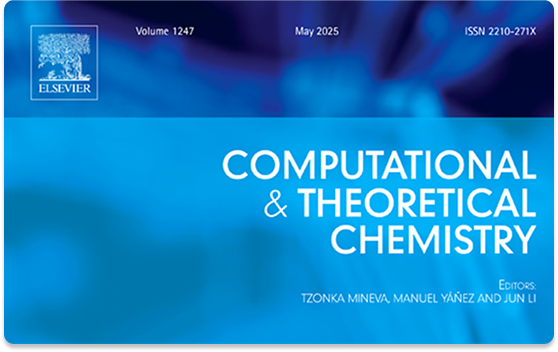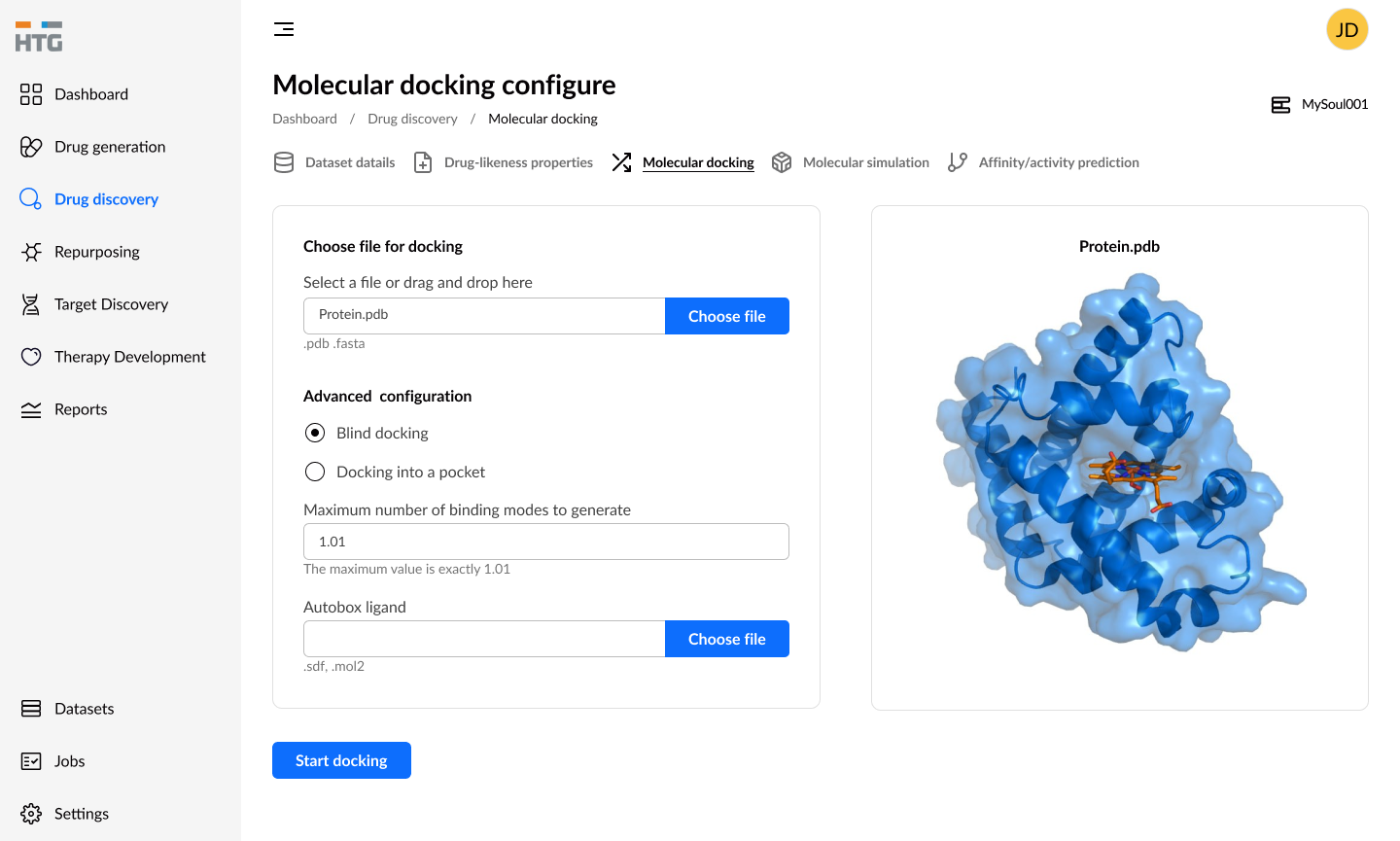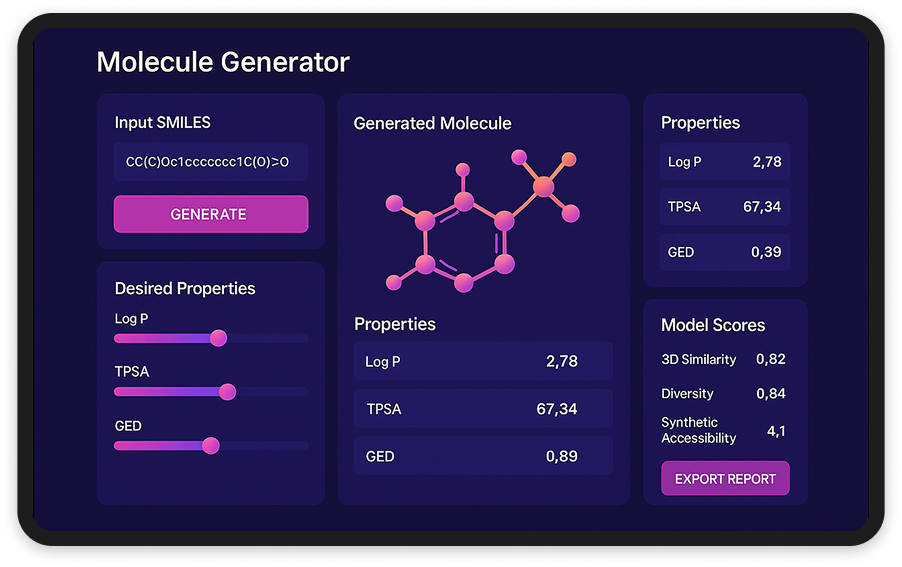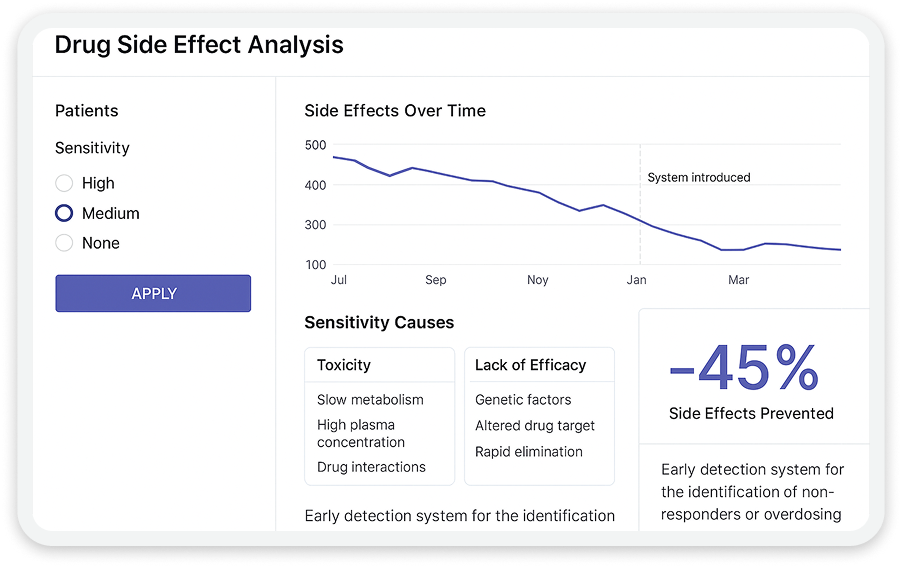This study explores the theoretical modeling of dimeric capsular complexes formed by C2V-symmetrical resorcin[4]arene tetraesters with tetramethylammonium cations. The research aims to explain the experimentally observed preference for heterodimeric complexes over homodimeric ones. Various computational methods, from empirical force fields to quantum chemical density-functional theory (DFT), are used to analyze complex stability. The study highlights the role of solvent effects and thermal corrections in achieving accurate predictions. It also demonstrates that incorporating Mulliken atomic charges in molecular dynamics simulations improves force field accuracy, while DFT with solvent models effectively predicts the correct energetic trend of π-stacking interactions.
Takeaways:
- Computational modeling methods provide insights into supramolecular complex stability.
- Molecular mechanics force fields produced conflicting results, showing limitations in predicting complex preferences.
- Including Mulliken atomic charges in molecular dynamics simulations improved accuracy in both gas phase and solvent environments.
- Density-functional theory calculations incorporating solvent effects and thermal corrections correctly predicted the heterodimeric structure as the preferred form.
- Solvent and thermal influences play a significant role in determining the stability of capsular complexes.
- The findings contribute to the understanding and design of supramolecular systems, with potential applications in molecular encapsulation and drug delivery.





